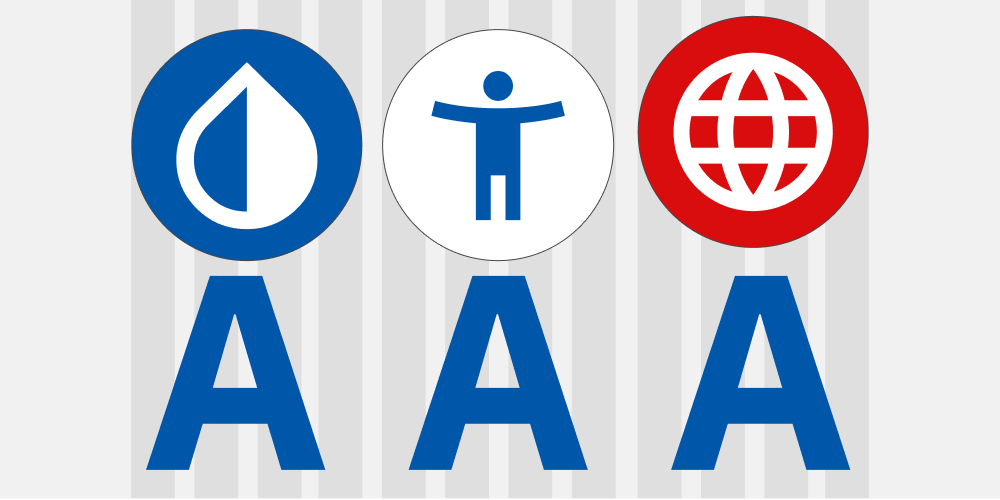Brand Guidelines

This checklist highlights design accessibility considerations. This checklist helps ensure communication materials are accessible to the widest possible audience. It applies to all mediums—print, digital, signage, presentations, etc.—and is a practical tool for staff and contractors to use when preparing communication materials. Following these checks helps ensure your work is both on-brand and accessible.
Important: This checklist is high-level and applies across print, digital or other types of materials. If your material falls under specific document or digital accessibility requirements (e.g., WCAG, PDF/Word accessibility, ADA signage), those standards take precedence.
Color and contrast
Use sufficient color contrast between text and background.
Example: Light gray text on white is hard to read.
Reference: WCAG 2.1 AA – 4.5:1 contrast ratioDon’t rely on color alone to convey meaning.
Example: Use icons or labels in addition to red/green colors for status.Avoid problematic color combinations (e.g., red/green, blue/purple) for colorblind users.
Tip: There are many sites and apps that can simulate color blindness.
Typography/Fonts
Use a minimum font size of 12pt (16px) for body text in print and 16px for digital.
Example: Small disclaimers in 8pt font are often unreadable.Use brand-approved fonts that are clear and legible.
Example: Use designated brand fonts for body text; avoid unapproved fonts that reduce readability.Maintain sufficient line spacing (1.5x line height recommended).
Improves readability, especially for users with cognitive disabilities.
Images and icons
Use icons that are universally recognizable and paired with labels when possible.
Example: A trash can icon with the word “Delete.”Avoid text embedded in images unless it’s large, high-contrast, and readable.
Text in images can’t be resized or read by screen readers.Ensure imagery supports the message and doesn’t distract or confuse.
Example: Avoid abstract visuals when clarity is needed.
Layout and spacing
Use clear visual hierarchy to guide the reader.
Example: Headings should be larger and bolder than body text.Ensure adequate spacing between elements.
Avoid clutter that overwhelms or confuses.Align content consistently to support scanning and comprehension.
Example: Left-aligned text is easier to read than center-aligned.
Motion and animation
Avoid flashing or strobing effects that can trigger seizures.
Reference: WCAG – Three flashes or below threshold.Provide reduced motion options for digital materials.
Example: Respect system settings for reduced motion.Use animation purposefully, not decoratively.
Example: Use transitions to guide attention, not just for flair.
Language and readability
Use plain language and avoid jargon when possible.
Example: Say “use” instead of “utilize.”Keep sentences short and direct.
Aim for a reading level around 8th grade.Use headings and bullet points to break up dense content.
Improves scanning and comprehension.